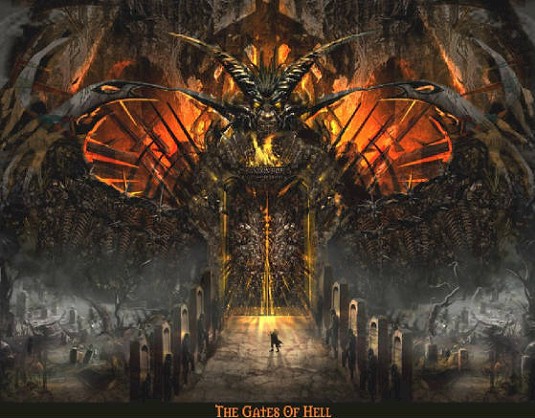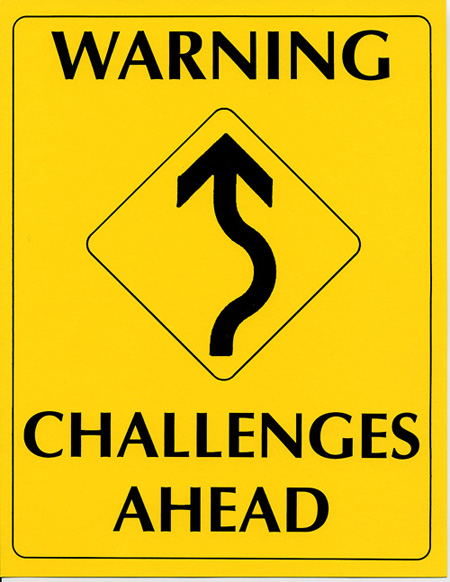Coming Together at the Gates of Hell Week
Choreography
 The Showcase choreography is finally coming together!! Our Tuesday Hustle rehearsal cleared up many questions about the core movement and the additional Hustle Waltz section. The Thursday West Coast Swing rehearsal gave the dancers a chance to stitch together all the parts, including the finale.
The Showcase choreography is finally coming together!! Our Tuesday Hustle rehearsal cleared up many questions about the core movement and the additional Hustle Waltz section. The Thursday West Coast Swing rehearsal gave the dancers a chance to stitch together all the parts, including the finale.
The Eve of "Hell Week"
 The week before a major performance is often called "Hell Week". It is generally very stressful for producers trying to sell tickets, choreographers who are putting the finishing touches on their performers, and the dancers who are scrambling to remember choreography and come together.
The week before a major performance is often called "Hell Week". It is generally very stressful for producers trying to sell tickets, choreographers who are putting the finishing touches on their performers, and the dancers who are scrambling to remember choreography and come together.
As the choreographer for this piece in the Showcase, I have already become demanding of all my dancers. They are responsible for knowing all the choreography at tempo so that the up-coming week can be about blocking and styling.
The emphasis is completely different from a normal class because the priority is the overall performance rather than the individual's learning style or feelings. It can sometimes throw even the most seasoned performer into emotional turmoil.
But honestly, there's nothing like "Hell Week" to get the blood pumping. It's the time when globs of paint become art, when separate dances like West Coast Swing and Hustle become one cohesive theatrical moment. Once everyone realizes that the bumpy, grueling, emotionally-charged ride of "Hell Week" will produce a euphoric sense of accomplishment, the process will be all worth it. I sometimes see it as a rite of passage.
Others don't do it because it's really that challenging
 As I look at the general dance landscape of West Coast Swing and Hustle, there are very few group routines. Perhaps it's because it is so difficult to make it come together. I've known many people with great ideas to produce a dance team or create a performance, but most people never do it. This might simply be due to the fact that most dancers don't realize what is required for achieving a unified moment for 3-5 minutes. People win Olympic medals for that level of excellence.
As I look at the general dance landscape of West Coast Swing and Hustle, there are very few group routines. Perhaps it's because it is so difficult to make it come together. I've known many people with great ideas to produce a dance team or create a performance, but most people never do it. This might simply be due to the fact that most dancers don't realize what is required for achieving a unified moment for 3-5 minutes. People win Olympic medals for that level of excellence.
So, what does it take? It takes a choreographer with a vision, it takes a good piece of music (that people can listen to for over 2 months), it takes 10-30 dancers willing to be sponges of choreography and styling infomation that keeps augmenting and changing, it takes ad nauseum rehearsals (until you almost hate everyone in the room and the song), it takes a theater or stage in which to present all this hard work, it takes someone to do marketing and let people know about the performance, and it takes a great bartender to jump-start the after-party.
Most attempts get tripped up by stage 2 (music), and almost all fall apart at the rehearsal process - mostly because it is not in our human nature to enjoy change. In the performing arts world (as in life), much work is required for little nuance changes.
Personal Growth
 Why on earth would anyone do a show or perform in a group routine? It's personal growth. Anyone who's ever been a part of a successful show realizes that it represents all the beauty that humanity is about when we come together for a common cause. When we are guided by someone who pushes past our comfort zones into the great "abyss" of challenge, most people will rise to the occasion. As humans, we have a fight-flight mechanism that works to a performance's benefit. We will fight not to suck!! and we will "fly away" from things that we realize will make us look sucky! When people do a show, everyone wants to do well and look their best. People soon realize that if they want to grow, they will have to be pushed past their own abilities by someone who has the confidence that they can do it - both individually and collectively.
Why on earth would anyone do a show or perform in a group routine? It's personal growth. Anyone who's ever been a part of a successful show realizes that it represents all the beauty that humanity is about when we come together for a common cause. When we are guided by someone who pushes past our comfort zones into the great "abyss" of challenge, most people will rise to the occasion. As humans, we have a fight-flight mechanism that works to a performance's benefit. We will fight not to suck!! and we will "fly away" from things that we realize will make us look sucky! When people do a show, everyone wants to do well and look their best. People soon realize that if they want to grow, they will have to be pushed past their own abilities by someone who has the confidence that they can do it - both individually and collectively.
At the end of the challenging journey, dancers emerge from the other side of the tough process different than how they entered. Some people learn choreography that they can use elsewhere, some people will learn musicality, some people will learn how to smile and breath, others will learn the beauty of performing (rather than competing). It's a result that has a very fulfilling outcome - and as with anything grand, most people don't ever do it (which is why they will pay to watch it).
The Bigger, Mental Picture
 Remember, just to pull this off, all of our dancers have to be using approximately 7 different and integrated processes to assimilate: 1) counts, 2) movement, 3) rhythm, 4) lyrics, 5) emotions, 6) musicality and 7) long/short term memory.
Remember, just to pull this off, all of our dancers have to be using approximately 7 different and integrated processes to assimilate: 1) counts, 2) movement, 3) rhythm, 4) lyrics, 5) emotions, 6) musicality and 7) long/short term memory.
Putting these parts together is nothing short of a miracle. If you're in the Showcase, be proud of yourself for getting this far. If it were easy, everyone would be doing it....but they're not.

